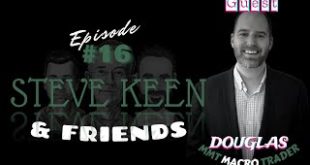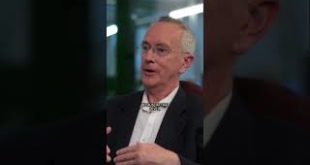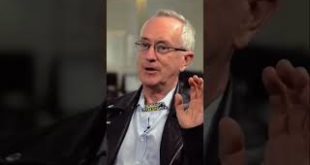Read More »
Change the way you think
Steve & Friends with guest Douglas MMT Macro Trader. Episode #16
Douglas deploys research and analysis that is built upon an MMT and Modern Banking framework. He does global macro analysis using MMT, Heterodox economics and Elliott Wave Technical Analysis of S&P500, NDX, RUT, Gold, DXY, Oil, TLT & more Website: https://www.patreon.com/mmtmacrotrader
Read More »Understanding the role of finance
Why saving money isn’t always a good thing
Key to a thriving economy
Steve & Friends with guest Steven Grumbine. Episode #15
Steven Grumbine is the Founder, President and CEO of Real Progressives and the host of the weekly podcast Macro & Cheese. Website: https://realprogressives.org/
Read More » Steve Keen’s Debt Watch
Steve Keen’s Debt Watch










